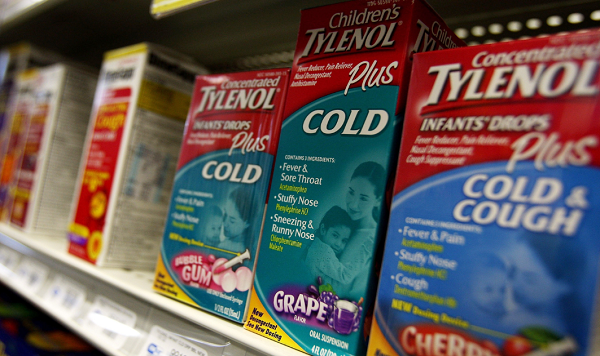Why Is There No Cure For The Common Cold? CDC Projects More Than 157 Million Flu Vaccines For 2016 But No New Remedies For Colds

Just about anyone you ask would agree that the common cold is the most annoying part of the yearly seasonal change from summer to fall and winter. The coughing, sneezing, runny nose, constant congestion and sore throat symptoms that come along with colds makes it pretty complicated to enjoy the sweater weather and changing colors of the fall leaves.
According to the Centers for Disease Control, September is the start of influenza season, and although the department lists October through March as the highest peak of recorded cold and flu cases, they’ve already started encouraging people to get their vaccinations to prevent them from getting sick. About 157 to 168 million doses of flu vaccines are projected for the 2016-2017 season.
CDC recommends everyone 6 mo & older #GetAFluVax every year, by the end of October if possible.
— CDC Flu (@CDCFlu) September 10, 2016
However, pharmaceutical companies still aren’t anywhere near close to having a curing remedy or vaccine for the common cold. There are thousands of over-the-counter antibiotics that help people get over cold symptoms, but there has yet to come a medicine that can prevent colds completely and there may never be one.
A1 Over 200 viruses can cause common cold. Antibiotics treat bacterial infections, not viral infections. http://t.co/BQc9jHl3 #abcdrbchat
— CDC (@CDCgov) September 20, 2011
One of the biggest – if not the number one – reasons why a cure for the common cold may never come is simply because there are so many viruses that cause them. The CDC says rhinoviruses are the most common causes of colds but there are still over 200 viruses that can lead to colds. It would take the eradication of every single cold-causing virus to create a medicine that’s actually capable of curing colds. Whereas there are only about three strains of the flu passed around each season – a much lighter load for researchers to tackle in regards to creating a vaccine compared to the roughly 20-30 types of rhinoviruses passed along during cold season, according to a Business Insider report.
Another reason cooking up a common cold cure isn’t on the agenda for pharmaceutical labs is because how much research for a cure would cost. It costs about $700 million to create a drug, and given the short time period cold symptoms usually last – the CDC says American adults average about two to three colds a year and symptoms are typically gone within seven to 10 days – developers don’t believe people would want to spend the money on expensive drugs for something as mild as the common cold. Not to mention, getting the Food and Drug Administration to approve a drug that may have serious side effects for something as simple as a cold would be an even bigger challenge, according to a New York Times report.
Since the odds of ever seeing a common cold cure during this lifetime appear to be rather slim, it’s best if people take the necessary precautions to avoid getting sick and make sure they’re taking the proper steps to usher themselves back to full health when they do catch a cold.
Check out our common cold prevention guide to keep you from catching a pesty cold this season.
© Copyright IBTimes 2025. All rights reserved.






















